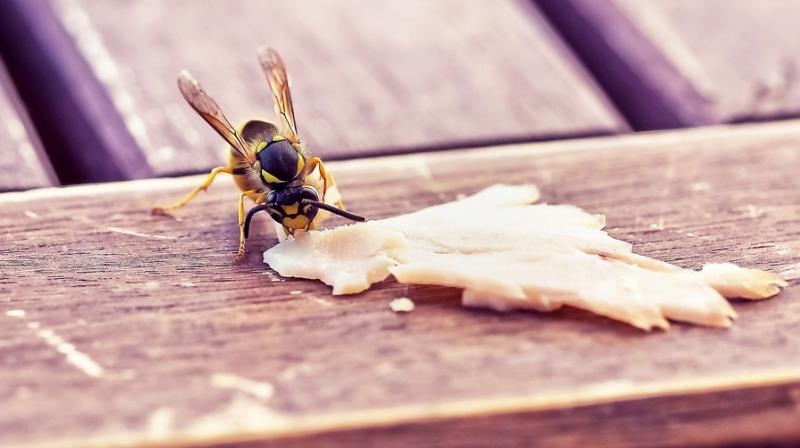Lab-grown insect meat to be a delicacy?
Lab-grown insect meat could possibly be the future of food.

Washington: Given the harmful effect livestock farming poses for the planet, researchers have proposed plant-based diets, insect farming, lab-grown meat, and genetically modified animals as an alternative to livestock farming.
In the study published in the journal of 'Frontiers in Sustainable Food Systems' scientists have explained why the combination of the above alternatives is the best.
The lab-grown insect meat, fed on plants, and genetically modified for maximum growth, nutrition, and flavour, could be a superior green alternative for high volume, nutritious food production.
"Due to the environmental, public health and animal welfare concerns associated with our current livestock system, it is vital to develop more sustainable food production methods," says Natalie Rubio, lead author of the study.
Genetically modified livestock that produces less methane or resists disease, can do little to relieve issues like land and water degradation, deforestation and biodiversity loss.
A better solution, said Rubio, may lie at the intersection of all these options: lab-grown insect meat - fed on plants, and genetically modified for maximum growth, nutrition and flavour.
"Compared to cultured mammalian, avian and other vertebrate cells, insect cell cultures require fewer resources and less energy-intensive environmental control, as they have lower glucose requirements and can thrive in a wider range of temperature, pH, oxygen and osmolarity conditions," reported Rubio.
"Alterations necessary for large-scale production are also simpler to achieve with insect cells, which are currently used for bio-manufacture of insecticides, drugs, and vaccines," added Rubio.
Research for these applications has already led to inexpensive, animal-free growth media for insect cells including soy and yeast-based formulas as well as successful 'suspension culture.' Talking about how the food would taste, Rubio said, "Nobody knows."
"Despite this immense potential, cultured insect meat isn't ready for consumption. Research is ongoing to master two key processes: controlling the development of insect cells into muscle and fat and combining these in 3D cultures with a meat-like texture. For the latter, sponges made from chitosan, a mushroom-derived fibre that is also present in the invertebrate exoskeleton, are a promising option," explained Rubio.
Eventually, insect labriculture could turn up some altogether more familiar flavours.
"Advances in insect cell culture and tissue engineering can potentially be translated to lobster, crab, and shrimp, due to the evolutionary proximity of insects and crustaceans," suggested Rubio.

